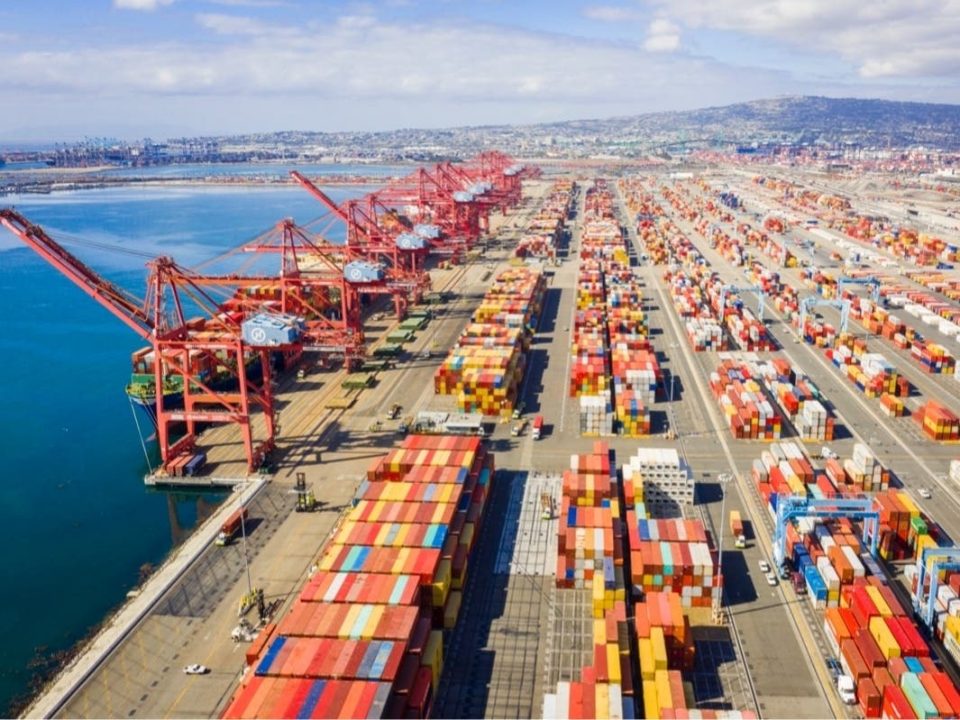LONG BEACH, CA — Emissions at the Port of Long Beach increased in 2021 due to historic supply chain disruptions, record cargo volumes and COVID-19 restrictions causing unprecedented numbers of ships waiting along the coast, according to Port officials.
According to the Port’s annual emissions inventory report, diesel soot was down 88 percent, nitrogen oxides were down 49 percent and sulfur oxides were down 96 percent in 2021. These numbers fall short to the amounts in 2020, which reported diesel soot had decreased by 90 percent, nitrogen oxides by 62 percent and sulfur oxides by 97 percent.
“Putting it simply, the pandemic created emissions-inducing bottlenecks in the supply chain,” said Long Beach Harbor Commission President Sharon L. Weissman. “No one could have foreseen this once-in-a-lifetime event, but we are not discouraged by this temporary impediment, and our goal to be a zero-emissions port remains.”
The global supply chain congestion led to a series of events that cause the rise in emissions specifically including a large number of mostly container ships anchored in the San Pedro Bay during cargo surges, according to the Port.
A COVID-19 regulation that capped the size of work groups led to longer wait times for vessels and trucks and more cargo-handling equipment was used to keep up with the increased activity. The Port said there were more ships than normal that weren’t equipped with shoreside electrical power due to a California emergency energy restriction.
“Many of the negative conditions which created this perfect storm have improved,” said Port of Long Beach Executive Director Mario Cordero. “In recent months, as we’ve left behind the surge of COVID, great strides have been made in reducing the number of ships waiting at anchor. Looking ahead, a vessel queuing program put into place last year to relieve congestion is also expected to have a positive impact on the next inventory.”
Greenhouse gas emissions in the previous year were down 10 percent, but this year’s emissions are up 22 percent. According to the Port, this was caused by an unusually large number of oceangoing vessels anchored off the coast.
Port of Long Beach officials said the 2023 targets for diesel soot and sulfur oxides are being met, and a new shipping system created in November of 2021 looks to solve the problem of large numbers of anchored ships by having waiting vessels station farther off the coast.
To tackle the rise in emissions, the Port has set a goal of all zero-emissions cargo-handling equipment by 2030 and a zero-emissions drayage truck fleet by 2035. Last month, the Port announced that one of its trucking partners would convert to fully zero emissions by 2025.
A number of initiatives have been put in place since 2021 to further reduce air pollution and work toward a zero-emissions future. This includes committing $150 million to support zero and near-zero emissions demonstration projects, adopting a Green Ship Incentive Program and launching the Clean Truck Fund Rate.


